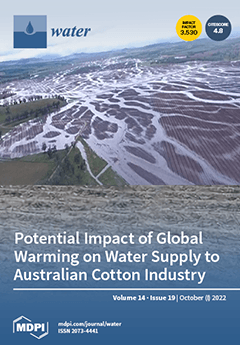Since 2003, Poyang Lake has been showing obvious signs of degradation due to its changed “river-lake” relationship with the Yangtze River. The water level of Poyang Lake decreases continuously in autumn. The distribution elevation of wetland beach vegetation is constantly moving down and
[...] Read more.
Since 2003, Poyang Lake has been showing obvious signs of degradation due to its changed “river-lake” relationship with the Yangtze River. The water level of Poyang Lake decreases continuously in autumn. The distribution elevation of wetland beach vegetation is constantly moving down and the distribution range is constantly expanding. The
Polygonum criopolitanum community expansion at 9–12 m elevation (Yellow Sea elevation, the same below) has resulted in a significant decline in areas of mudflat and shallow water, and a significant change in habitat structure for overwintering migratory birds. Combined with field investigation, controlled experiments and statistical modeling were conducted to simulate
Polygonum criopolitanum growth at 9–12 m elevation to establish its growth curve, effective growth time, growth rate, and fast-slow turning point.
Polygonum criopolitanum growth rate was fastest in the 12 m elevation zone, and reached a maximum in only 22 days. After that, growth rate slowed down and tended to stagnate. Maximum growth rate of
Polygonum criopolitanum in 10 and 11 m elevation zones occurred on the 31st and 46th days, respectively. At the inflection point, the
Polygonum criopolitanum biomass accumulation rate was fast, then it gradually slowed down until it stopped.
Polygonum criopolitanum growth and development at 9–11 m elevation was highly consistent with the arrival of overwintering migratory geese.
Polygonum criopolitanum expansion at 9–11 m elevation created fine habitat conditions and rich food resources for populations of Soybean Goose, White Goose, Swan Goose and Cygnet, which was the fundamental reason for the formation of the Duchang Migratory Bird Reserve after 2003. This study is of scientific significance for studies of wetland vegetation community distribution and the promotion of reserve management.
Full article





